🔬 Unlocking precision in pharmaceutical analysis! Discover how x-ray fluorescence is revolutionizing elemental analysis with its speed, accuracy, and sustainability.


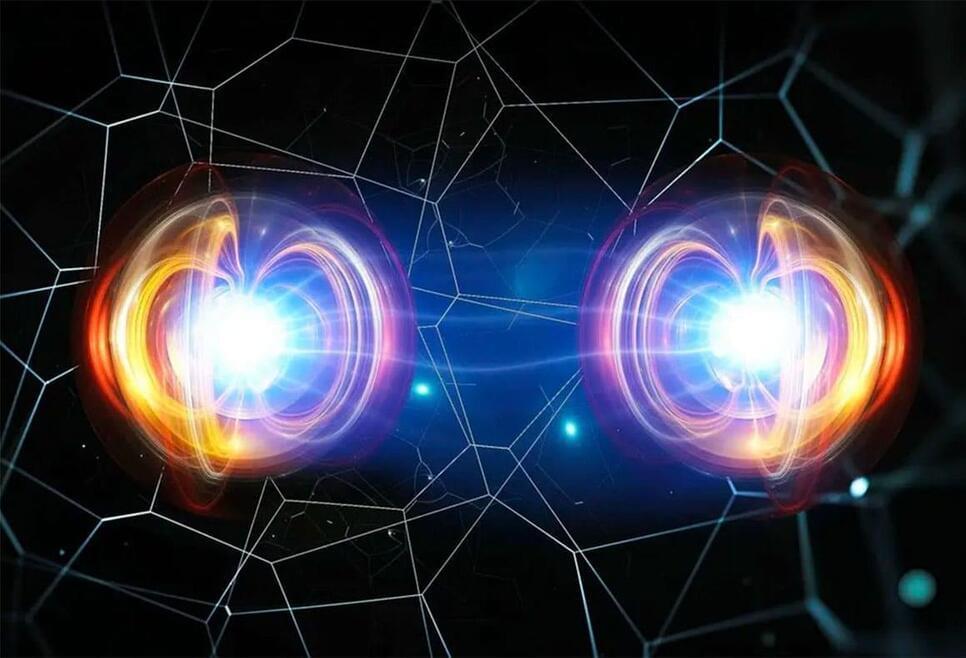
In a groundbreaking experiment, scientists have achieved the remarkable feat of measuring the speed of quantum entanglement for the first time. This milestone in quantum physics research unveils new insights into one of nature’s most perplexing phenomena, opening doors to advanced quantum technologies and a deeper understanding of the universe’s fundamental workings.
🚀 Q: How might Trump’s administration impact AI development in the US? A: Trump aims to make America “first in AI” by dismantling Biden’s policy framework and reducing government regulation, potentially leading to skyrocketing growth in AI, cryptocurrencies, blockchain, Web3, and augmented reality.
🔓 Q: What’s J.D. Vance’s stance on AI development? A: Trump’s potential VP J.D. Vance supports open source AI and decentralized power, aiming to prevent large tech companies from steering regulation and allowing smaller innovators to compete.
A paper published in Proceedings of the 37th Annual ACM Symposium on User Interface Software and Technology, by researchers in Carnegie Mellon University’s Human-Computer Interaction Institute, introduces EgoTouch, a tool that uses artificial intelligence to control AR/VR interfaces by touching the skin with a finger.

Researchers at Tampere University have developed the world’s first soft touchpad that can sense the force, area and location of contact without electricity. The device utilises pneumatic channels, enabling its use in environments such as MRI machines and other conditions that are unsuitable for electronic devices. Soft devices like soft robots and rehabilitation aids could also benefit from this new technology.
Researchers at Tampere University have developed the world’s first soft touchpad that is able to sense the force, area and location of contact without electricity.
That has traditionally required electronic sensors, but the newly developed touchpad does not need electricity as it uses pneumatic channels embedded in the device for detection.
Gwynne Shotwell discusses the transformative potential of SpaceX’s Starship program for space exploration and colonization, emphasizing its upcoming Flight 6, the importance of Starlink for revenue, and the integration of Tesla technologies for sustainable human habitats on Mars Questions to inspire discussion Launch.
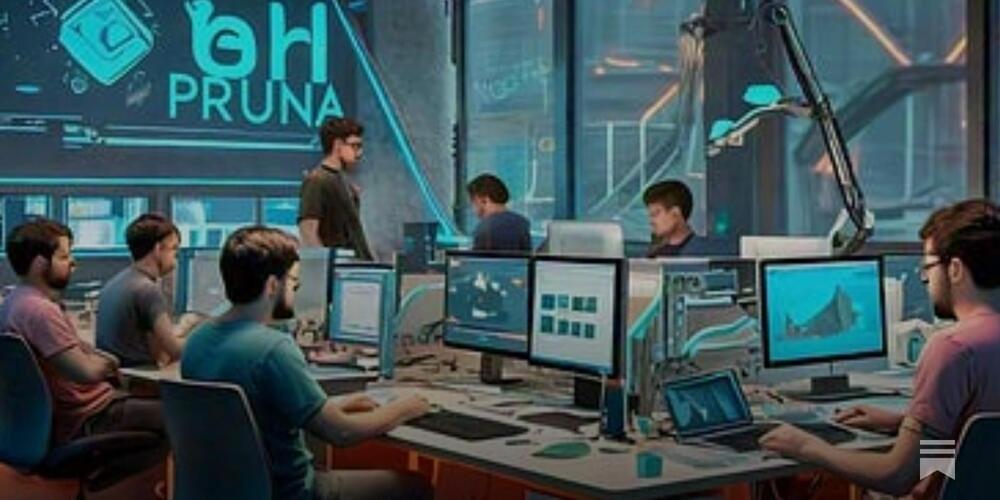
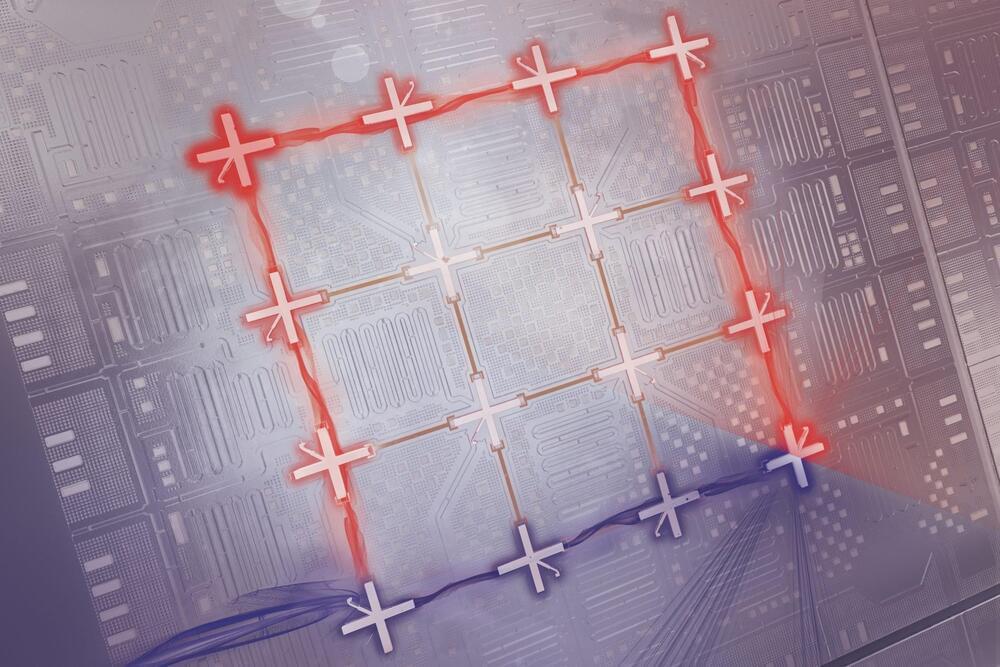
Quantum computers have the potential to simulate complex materials, allowing researchers to gain deeper insights into the physical properties that emerge from interactions among atoms and electrons. This may one day lead to the discovery or design of better semiconductors, insulators, or superconductors that could be used to make ever faster, more powerful, and more energy-efficient electronics.
But some phenomena that occur in materials can be challenging to mimic using quantum computers, leaving gaps in the problems that scientists have explored with quantum hardware.
To fill one of these gaps, MIT researchers developed a technique to generate synthetic electromagnetic fields on superconducting quantum processors. The team demonstrated the technique on a processor comprising 16 qubits.
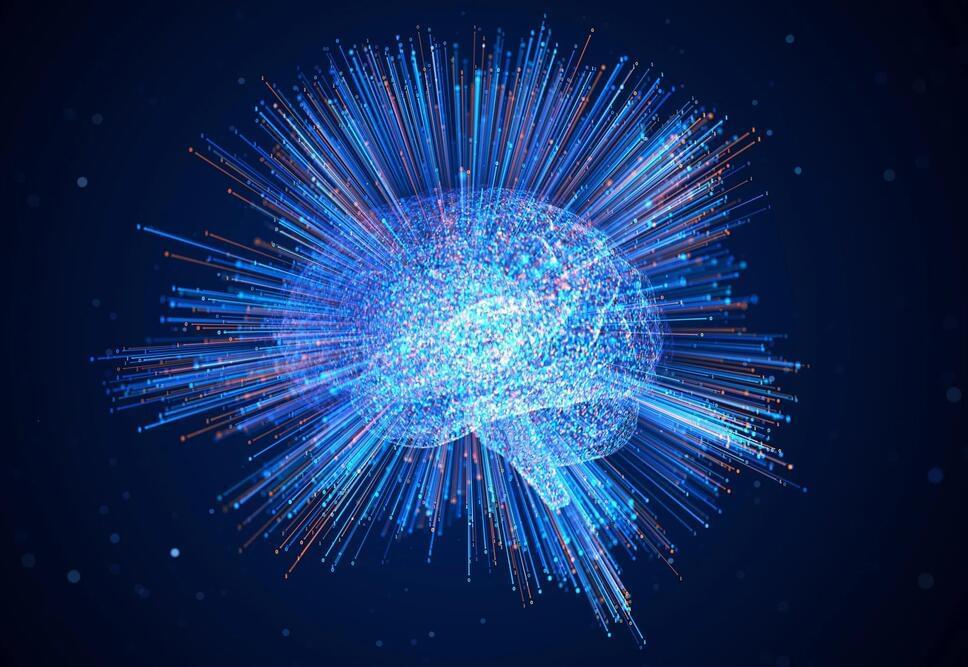
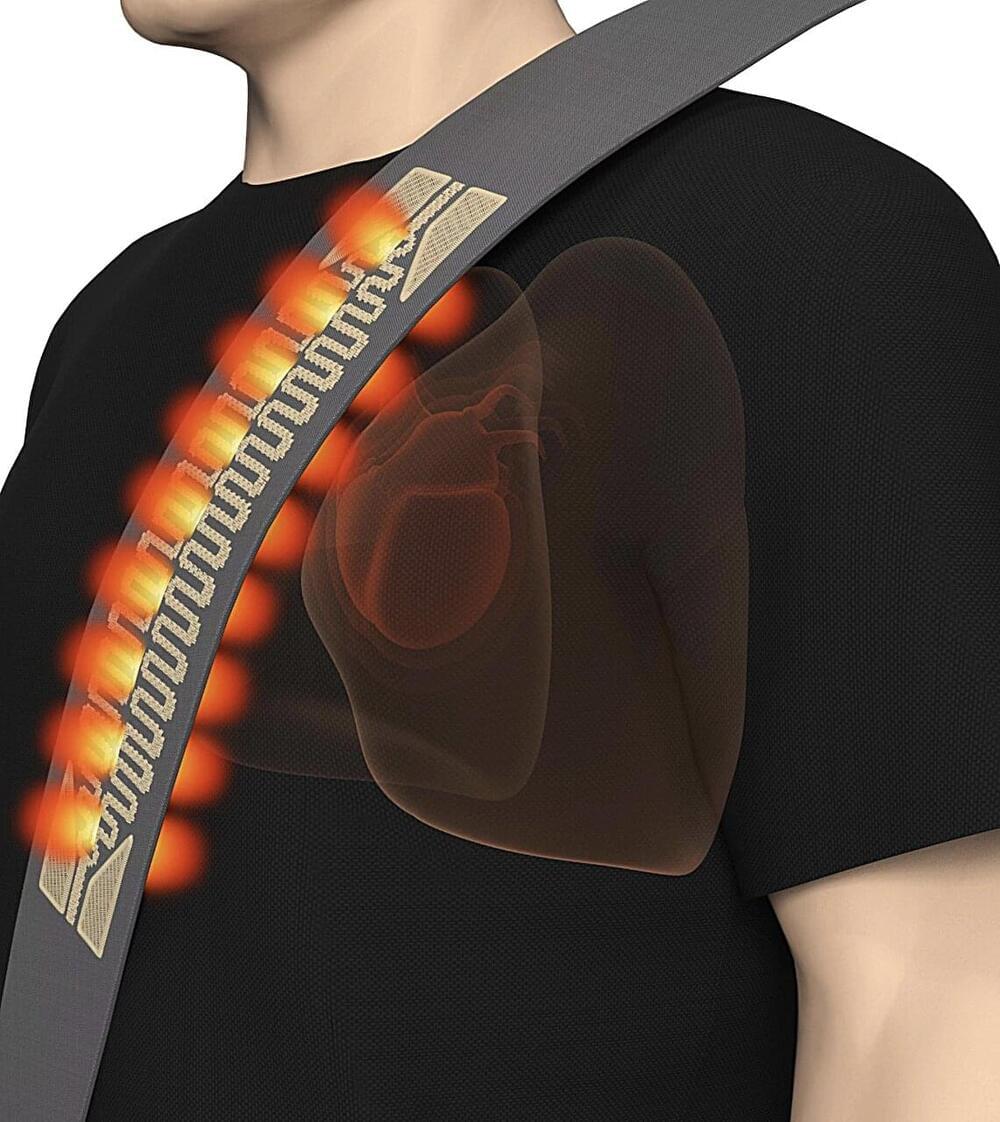
Over the past decades, electronics and biomedical engineers have developed increasingly sophisticated biosensors, devices that can pick up biological signals from human users. These sensors, which are generally embedded in wearable or implantable technologies, often do not perform as well in settings where users are moving a lot, such as within a vehicle.
Researchers at the National University of Singapore and Tsinghua University have recently developed a new sensor that can pick up and track biological signals, such as the heartbeat and respiration, without being in contact with the body of users. This sensor, presented in a paper published in Nature Electronics, could be used to pick up the cardiopulmonary signals of humans while they are in dynamic and closed environments, such as a plane cabin, a moving car or a bus.
“Monitoring drivers’ alertness or stress is essential for road safety,” Xi Tian, co-author of the paper, told Tech Xplore. “Existing sensors designed to measure physiological markers of fatigue, such as heart rate and respiration, face challenges in moving vehicles due to the unpredictable vibrational noise. To overcome these challenges, our research focused on developing an automotive biosensor capable of non-contact and reliable health monitoring in dynamic environments.”